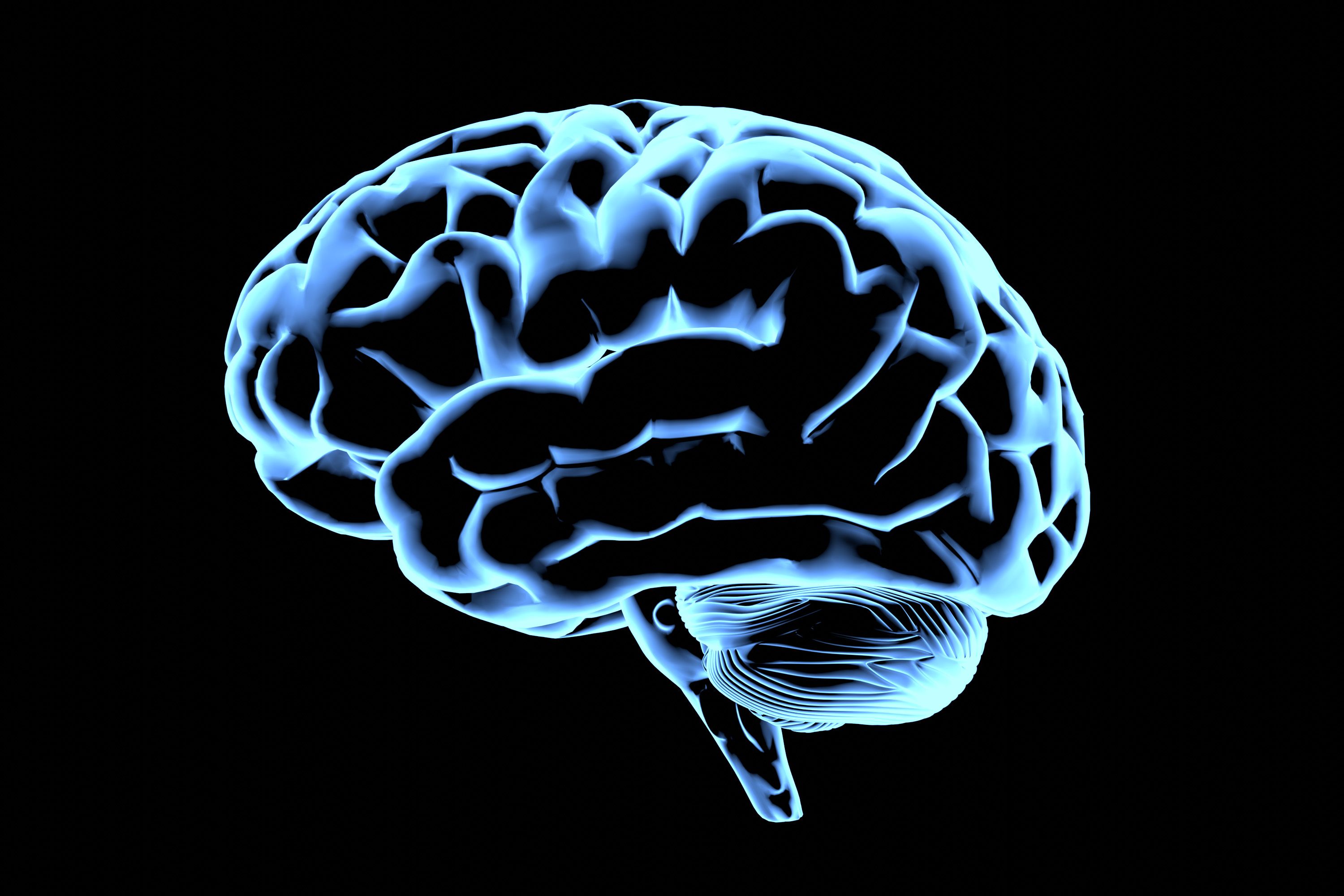Breaking Free: Understanding Cognitive Distortions
Understanding Cognitive Distortions
Many of us unknowingly fall prey to cognitive distortions, which are inaccurate thoughts that reinforce negative emotions or beliefs. These distorted thinking patterns can lead to increased anxiety, depression, and other mental health challenges. Understanding these distortions is the first step towards breaking free from their grip and fostering a healthier mindset.
Cognitive distortions are essentially irrational thoughts that influence our emotions. They are often automatic and can occur without our conscious awareness. Recognizing these patterns can help us challenge and change them, leading to improved mental well-being.

Common Types of Cognitive Distortions
There are several common cognitive distortions that people experience. Understanding these can help in identifying when they occur in our own thought processes.
- All-or-Nothing Thinking: This involves seeing things in black-and-white terms, without acknowledging any middle ground. For example, if something isn’t perfect, it’s considered a total failure.
- Overgeneralization: This occurs when a single negative event is viewed as a never-ending pattern of defeat. Phrases like "always" and "never" are common indicators.
- Mental Filtering: This involves focusing solely on the negative aspects of a situation while ignoring the positive ones. It’s like looking through a darkened lens that only highlights flaws.

Identifying Your Own Distortions
Recognizing cognitive distortions in your own thinking can be challenging, as they often operate on a subconscious level. A helpful strategy is to keep a thought journal where you record specific incidents and your thoughts about them. By reviewing your entries, you can start to identify patterns of distorted thinking.
Another approach is to ask yourself critical questions when faced with distressing thoughts. For instance, consider if there is evidence supporting your thought or if it might be an overreaction. This self-questioning can illuminate unreasonable assumptions and start the process of cognitive restructuring.

Strategies for Overcoming Cognitive Distortions
Once you’ve identified your cognitive distortions, it’s important to actively work on changing these patterns. Here are some strategies that can help:
- Challenge Your Thoughts: Actively question the validity of your thoughts. Ask yourself if they are based on facts or assumptions.
- Reframe the Situation: Try to see the situation from a different perspective. What would you say to a friend who was experiencing the same thought?
- Practice Mindfulness: Being present in the moment can help reduce the impact of automatic negative thoughts and encourage more balanced thinking.
The Role of Professional Support
If cognitive distortions continue to disrupt your life, seeking professional help might be beneficial. Therapists can provide tools and strategies tailored to your situation, often using techniques like Cognitive Behavioral Therapy (CBT) to address these automatic thought patterns effectively.
Remember, understanding and overcoming cognitive distortions is a journey. It takes time and practice, but with persistence, it’s possible to shift towards more rational and positive thinking patterns that enhance your overall quality of life.
